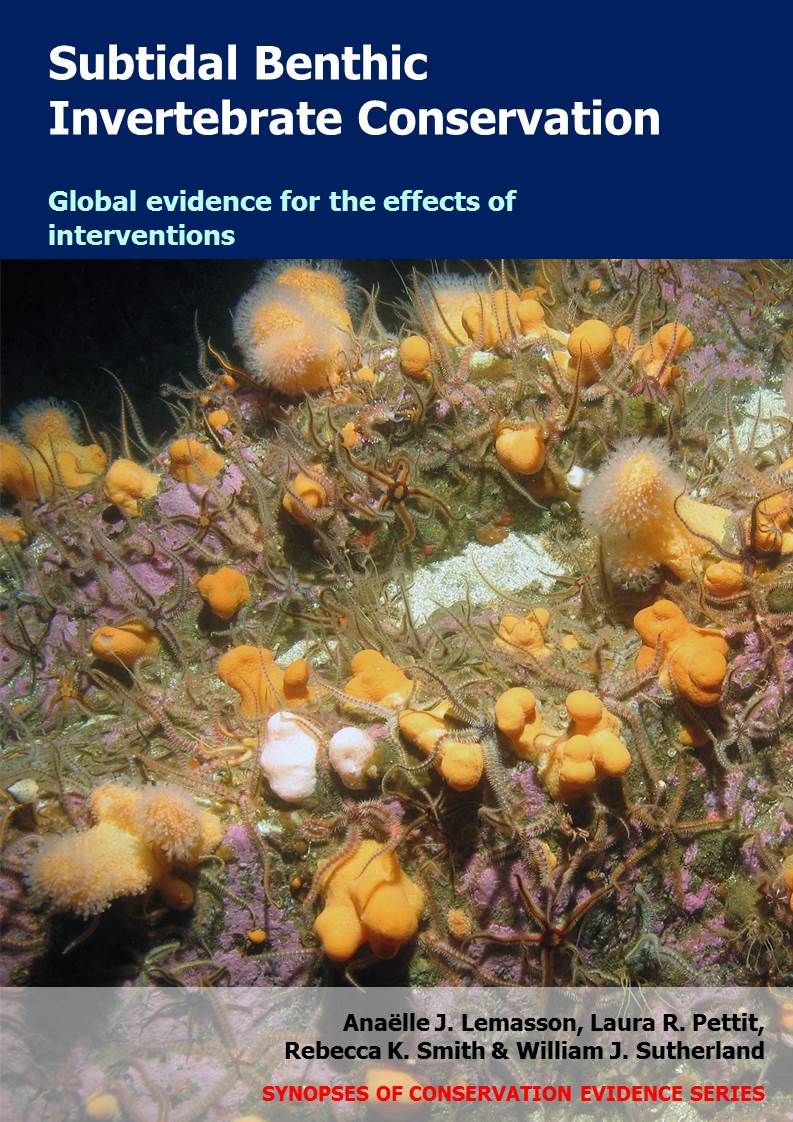Designate a Marine Protected Area and only allow hook and line fishing
-
Overall effectiveness category Unknown effectiveness (limited evidence)
-
Number of studies: 1
View assessment score
Hide assessment score
How is the evidence assessed?
-
Effectiveness
75% -
Certainty
32% -
Harms
0%
Study locations
Supporting evidence from individual studies
A replicated, controlled, before-and-after study in 2006–2010 in six areas of seabed off the Norwegian Skagerrak coast (Moland et al. 2013) found that, during the four years after being designated, protected areas only allowing hook and line fishing had greater increases in the number and size of European lobster Homarus gammarus, compared to fully fished areas. Before designation, lobster abundance (as catch/unit effort) was typically similar in all areas (protected: 0.5 lobster/trap; fully fished areas: 0.5–1.5 lobsters/trap). Over time, abundance increased at all sites, but increased more in protected areas, and after four years had increased by 245% in protected areas, (1–3 lobsters/trap), but only by 87% in fully fished areas (0.5–2.5 lobsters/trap). Before designation, lobster size was similar across areas (protected: 23–24 cm; fully fished: 24–25 cm). Over time, size increased at all sites, but more in the protected areas, and after four years had increased by 12–15% (26–28 cm), but only by 3% in fully fished areas (24–25 cm). In September 2006, three marine protected areas only allowing hook and line fishing were established. Annually in 2006–2010, lobsters were sampled inside each protected area and at three fully fished areas (no gear restriction; one adjacent to each protected area) using traps (25/area) deployed at 10–30 m depth. After 24 h, all lobsters in traps were counted and measured (carapace length). Traps were redeployed daily over four days.
Study and other actions tested
Where has this evidence come from?
List of journals searched by synopsis
All the journals searched for all synopses
This Action forms part of the Action Synopsis:
Subtidal Benthic Invertebrate Conservation





)_2023.JPG)














